The Surprising Differences Between European and American Gas Stations
Sep 06, 2024 By Sean William
Traveling to Europe can introduce you to a range of new experiences, including how you fuel up. American tourists often find European gas stations quite different from what theyre used to. From prepayment requirements and varied fuel types to differences in payment systems and nozzle sizes, the process can be confusing.
Additionally, European gas stations may have different customs and practices, such as cleaning your windshield or adhering to specific opening hours. Understanding these distinctions can help you navigate fuel stops more smoothly and make your European journey more enjoyable.
The Unseen Differences Between Gas Stations in the U.S. and Europe
Gas stations in the U.S. and Europe might seem similar at first glance, but there are notable differences that reflect broader cultural, economic, and regulatory distinctions. Here's a look at some of the key differences:
Different Payment Systems
One of the most striking differences American tourists encounters is the payment process. In the U.S., paying for fuel is usually straightforward: you swipe a credit or debit card at the pump or pay inside the store. In Europe, however, the process can be a bit more complex.
Many European gas stations require prepayment, meaning you must pay for the fuel before you start pumping. This can be done at a kiosk, where you select the amount, you wish to spend or the fuel you need, and then pay with a card or cash. Only after completing the transaction, you can proceed to fill up your tank. Some stations may also require you to preauthorize a specific amount on your card to ensure you have sufficient funds.
Fuel Types and Pricing
Fuel types in Europe might be a bit confusing at first. While American stations typically offer just regular and premium unleaded gasoline, and diesel, European stations often have a more diverse range of fuels. For example, you'll find various grades of diesel and even alternative fuels like E85 (a blend of 85% ethanol) and LPG (liquefied petroleum gas).
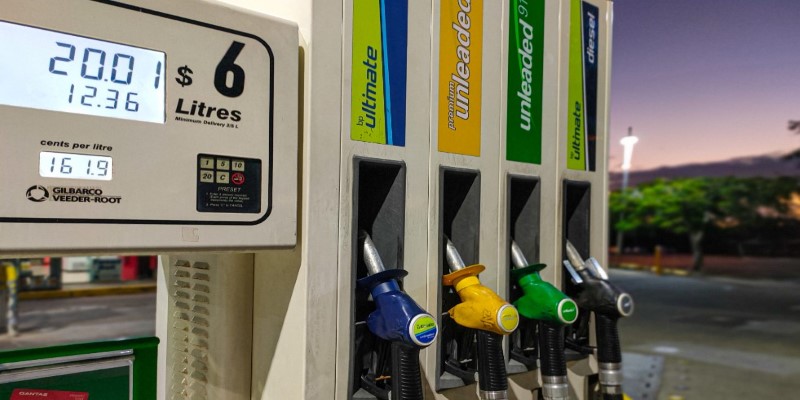
Pricing also differs. In Europe, fuel prices are generally higher than in the U.S., and they can fluctuate more frequently. Prices are usually displayed in euros per liter rather than dollars per gallon, which can be a bit confusing. To convert, remember that there are roughly 3.8 liters in a gallon. This means if the price is 1.60 per liter, it's approximately $6.06 per gallon.
Self-Service Pumps and Attendant Stations
While self-service pumps are common in the U.S., this is not always the case in Europe. In some countries, you may encounter full-service stations where attendants fill up your car for you. This can be a nice surprise, especially if youre not comfortable handling the pump yourself or if youre just looking to save time.
In other places, you might find a mix of self-service and attended stations. Self-service stations often have multiple payment methods, including credit card readers at the pump, which might be different from what you're used to. Make sure to follow the instructions at the pump carefully to avoid any issues.
Nozzle and Tank Compatibility
European cars and gas stations often use different nozzle sizes and fuel types, which can lead to compatibility issues. In Europe, diesel nozzles are typically larger than gasoline nozzles to prevent mixing the two fuels. Additionally, some European stations have nozzles with a smaller diameter that may not fit American vehicles.
If you're driving a rental car, check the type of fuel it requires and ensure you're using the correct nozzle. Misfuelling, especially with diesel when you need gasoline, can lead to costly repairs and major inconveniences.
Environmental Considerations
Europe is known for its strong environmental policies, which extend to its fuel stations. Many stations have measures in place to minimize fuel spills and reduce emissions. You might notice features such as vapor recovery systems, which capture fumes from the tank as you fill up, and stricter regulations on fuel additives.
Additionally, some European countries are more aggressive in promoting alternative fuels and electric vehicle (EV) charging stations. If you're driving an EV or a hybrid, you might find a variety of charging options at many stations, though these can be less common in rural areas.
Language Barriers and Local Practices
Language can be another hurdle. While many Europeans speak English, especially in tourist areas, you might encounter gas stations where the staff or signage is in the local language. Knowing a few key phrases in the local language or having a translation app handy can be helpful.
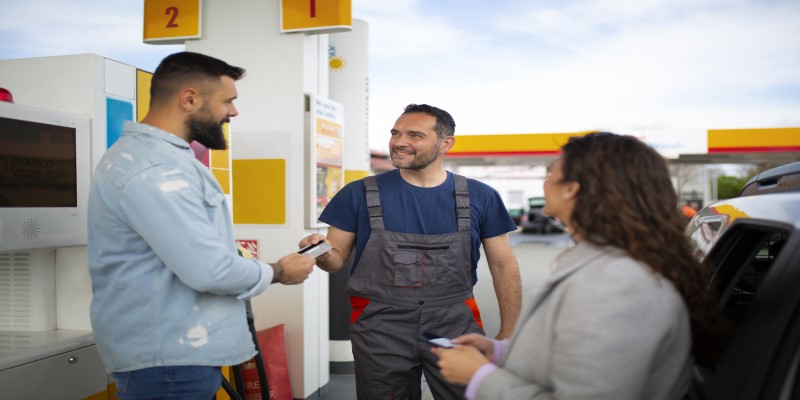
Local practices also vary. For instance, in some countries, its customary to leave the fuel station before completing the payment if youre paying with cash. This can seem odd if youre not familiar with the local system.
Fuel Station Etiquette and Tips
Beyond the operational differences, American tourists might also be surprised by some unique customs and etiquette at European gas stations. In Europe, its common for drivers to be more mindful of fuel station etiquette. For instance, its polite to move your car away from the pump as soon as you're done fueling to allow others to use the station efficiently.
Additionally, in some European countries, it's customary to clean your windshield while youre at the pump. Many stations provide squeegees and cleaning fluid for this purpose. Taking a moment to clean your windshield is seen as a good practice and is often expected, especially in rural areas where such facilities might be limited.
Conclusion
Filling up your tank in Europe can be a different experience from what youre used to in the U.S. but understanding these differences can make the process much easier. From payment methods and fuel types to environmental practices and language barriers, being prepared for these variations can help avoid surprises and make your travel experience more enjoyable. Next time youre planning a trip across the Atlantic, keep these differences in mind and enjoy the unique aspects of European gas stations.

JDebunking 5 Common Myths About Family Travel
Uncover the truth surrounding family travel and child-friendly vacations as we clarify prevalent parenting myths for stress-free adventures.

J Adventure Sports You Should Must Try in Ooty
Undoubtedly, it is among the most popular destinations for families and has a nice balance of scenic locations and thrilling activities.
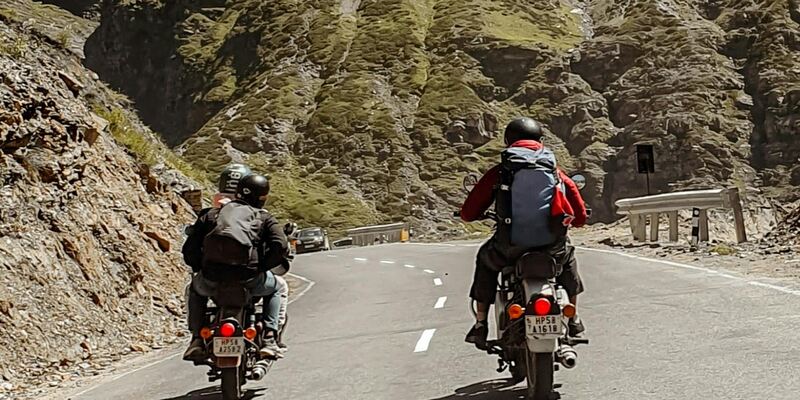
J7 Road-Trips to Explore Rajasthan's World Heritage Sites
Embark on scenic road trips to the World Heritage Sites of Rajasthan. These timeless journeys offer an exploration of its rich history.
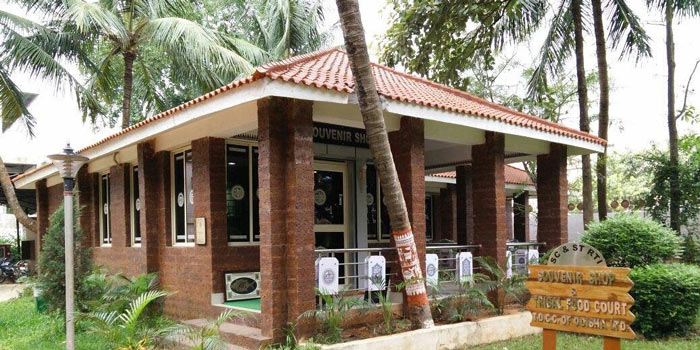
JMuseum of Tribal Arts and Artifacts, Bhubaneswar: How to Reach, Best Time and Tips
Visit the Museum of Tribal Arts and Artifacts in Bhubaneswar to explore the diverse array of tribal culture.
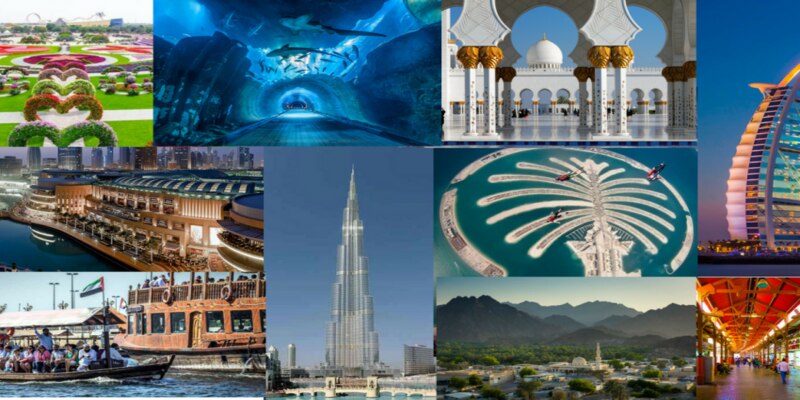
JFun and Adventure in Dubai During Your Dubai Tour – 7 Activities to Try
From skydiving the Palm in Dubai to the world’s longest zipline in Ras Al Khaimah, there are many thrilling, adventurous things to do.

JPlaces You Should Visit in Ranikhet: Top 6 Tourist Destinations
Uncover the beauty of Ranikhet from Majhkhali to Upat Golf Course where you will see the breathtaking nature’s beauty.
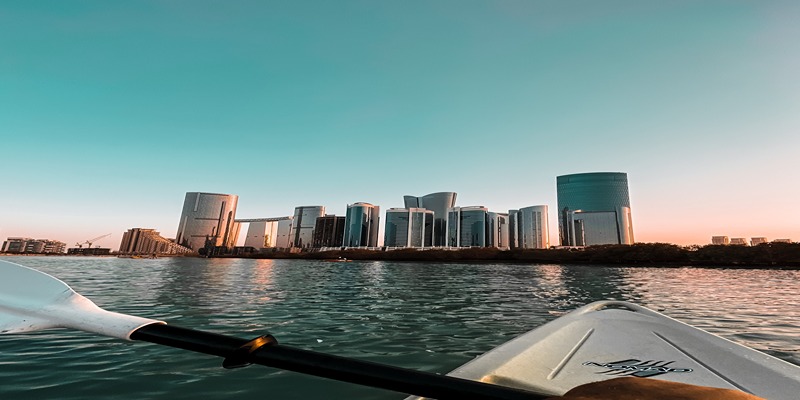
JYas Island: Accessibility, Highlights, And Seasonal Recommendations
Navigate through Yas Island, Abu Dhabi, with ease—master transportation, discern ideal visiting times, and more.

JVietnam and Laos 7 Nights 8 Days Tour 2023: Everything You Need to Know
The Vietnam and Laos 7 Nights 8 Days tour includes visits to both Indochina countries to explore magnificent landscapes, natural beauty, and cultural diversity
 sunrisenewsy
sunrisenewsy